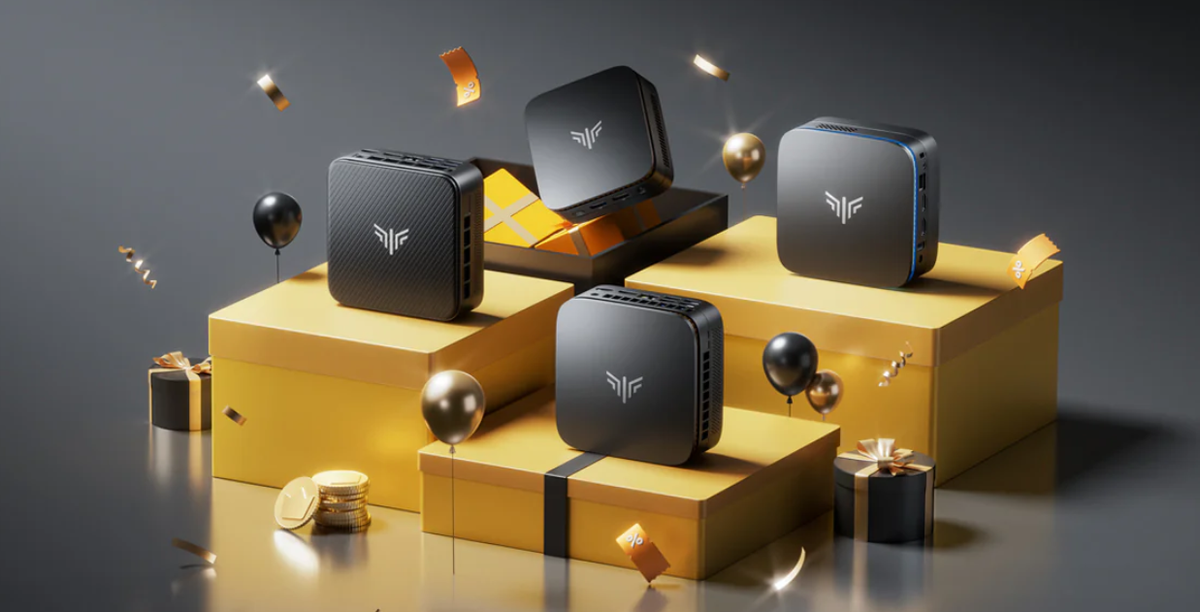Serving tech enthusiasts for over 25 years.
TechSpot means tech analysis and advice you can trust.
Why it matters: In all the focus on the big processors and the "AI race," we often overlook the far less glamorous business of actually building compute systems. We have explored different parts of that (and here), but there is an underlying assumption built into all these conversations – the role of Taiwanese companies upon which the whole ecosystem rests. What will the shift to AI compute mean for the hundreds of companies that make up this critical ecosystem?
We were reminded of this during our recent visit to Mobile World Congress when we had the chance to visit the Taiwan ITRI Booth.
ITRI is a trade organization representing their electronics companies. The booth had a dozen vendors offering various pieces of computing gear. This includes companies like iBase and Nexcom, which make specialty server gear (security and edge), Asrock, which makes motherboards, and Aerotek, which produces all sorts of radio equipment (Wi-Fi, mmWave, etc). These are small companies without the cachet of TSMC or MediaTek, but collectively they serve an important function in the market.
Editor's Note:
Guest author Jonathan Goldberg is the founder of D2D Advisory, a multi-functional consulting firm. Jonathan has developed growth strategies and alliances for companies in the mobile, networking, gaming, and software industries.
The trouble here is that all of these companies were built on top of Intel. Look through their catalogs – all those specialty servers and motherboards are built on Intel CPUs, often three years (or more) old.
Prior to TSMC's rise as the flagship of Taiwan's electronics complex, Taiwanese companies formed the bedrock of modern compute, filling every available niche and spot in the supply chain. Over the years, many (but not all) of these companies moved their manufacturing base to the Mainland, but core R&D and headquarters remained in Taiwan.
Now all those companies face two major transitions. The first is they must weather Intel's turmoil. No matter what Intel's new CEO does with their fabs, the company is almost certain to face a major headcount reduction and a corresponding narrowing of their scope of business. This will very likely lead to a reduction in support for this ecosystem.
Companies that today bridge the gap in providing support to the long tail of enterprise electronics will likely find it much harder to maintain previous levels of support.
Their second major transition is, of course, a big part of the cause of Intel's troubles – the shift to AI compute and the rise of Nvidia.

Nvidia has become the dominant force in data center compute applications, and as AI percolates into the edge, that long tail will need to source specialty compute hardware from someone. But it is not clear the traditional vendors in Taiwan will be able to support that.
At MWC, the one refuge from the sea of AI-washing marketing was the ITRI booth, where almost no one talked about AI (at least not in explicit marketing materials).
Nvidia is now in the process of building up the electronics ecosystem that provided so much support to Intel. Nvidia's GTC, and the upcoming Computex, are very much about Nvidia's efforts to find, train, and support partners who can fulfill their ever-growing book of business. That being said, it is unlikely that Nvidia will build up its partner network in the same way that Intel did.
The world has changed a lot, and companies which today build semi-custom server boxes for traditional compute may not be the ones to build semi-custom, long-tail server boxes for AI. In our tour, we saw almost no support for AMD, let alone Nvidia. This complex is built on x86 and general compute – the AI complex is going to look different.
Nvidia's GTC, and the upcoming Computex, are very much about Nvidia's efforts to find, train, and support partners who can fulfill their ever-growing book of business.
In some senses, we could see some of these companies just altering their designs – a motherboard for a CPU is built with largely the same materials as a GPU board. But so much of this business extends beyond the basics of metal bending.
Companies which have been building Intel-based servers for decades do not have the in-house experience with Nvidia – new firmware, new pin compatibility schemes, new power and cooling requirements, etc. This sort of soft expertise helped these companies differentiate themselves from the pure manufacturing-focused box builders in the Mainland.
With much of that expertise now rendered less critical to customers, whatever will replace it is very much green field – a jump ball where the traditional vendors have no clear advantage.
This does not mean that disaster is imminent, but it seems likely that a big transformation is starting soon. Intel's strength in this corner of the industry, not only with the small specialty makers but their larger peers (and often parent companies), has long served as a major competitive advantage that tripped up other aspiring CPU vendors.
Intel's ability to hold on to this complex will play a large role in determining its future. If Intel can remain the preferred silicon partner here, this segment will provide an important source of demand on which Intel can rebuild. But it is not clear how well these companies can navigate the changes coming in the next few years.








 English (US) ·
English (US) ·